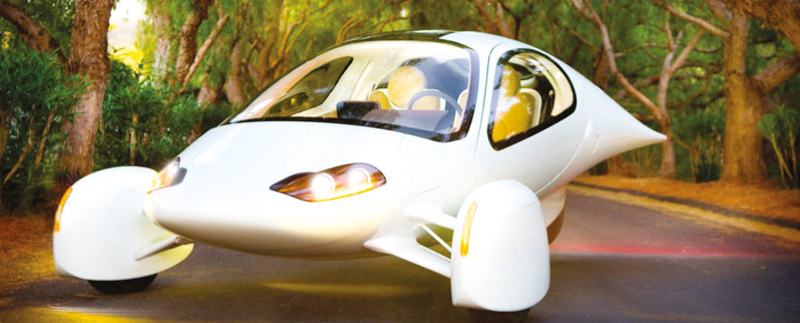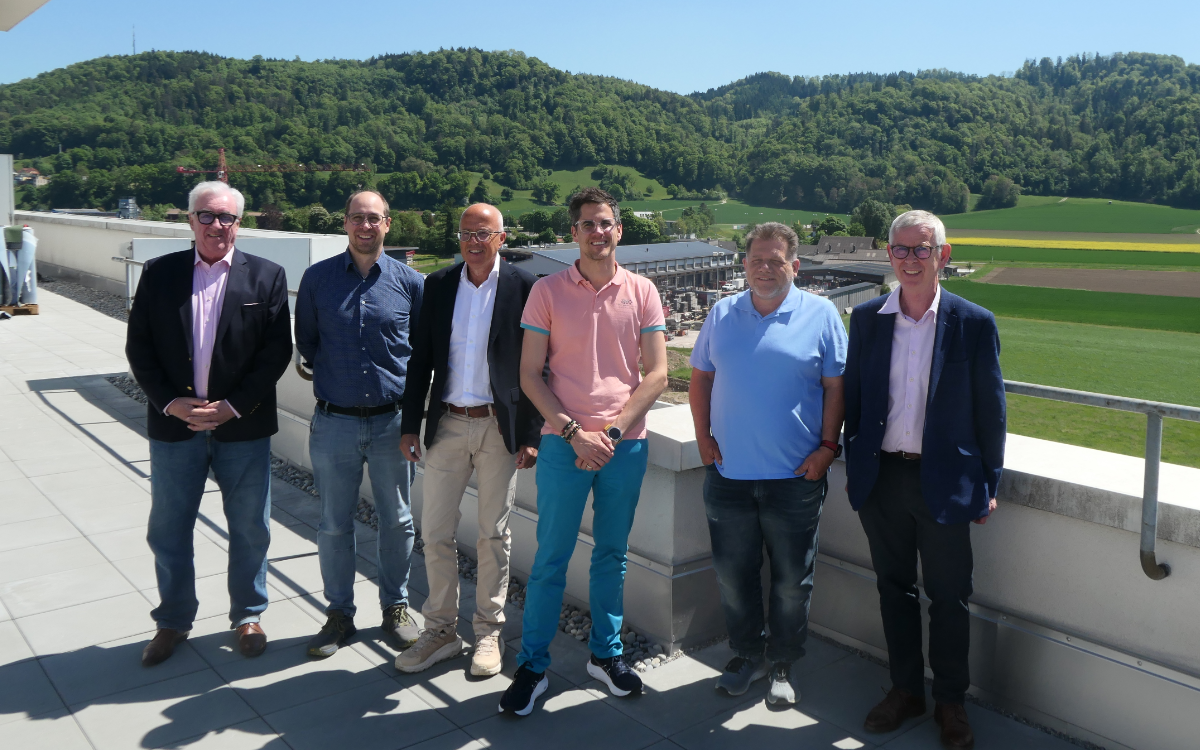Leonard Greene, an environmental writer based in America's Midwest, muses on the press fests we call autoshows and why nothing really changes.
I had to chuckle at the reports coming out of the Los Angeles Auto Show, held last November, where the mainstream car industry gathered to indulge in yet another Little Jack Horner exercise in eating their annual Christmas pie. And sure enough, one after the other pulled out yet another of the same old plums, exclaiming with glee at each calcified morsel, 'Oh what good boys are we!'
Granted the pie on offer . . .
to continue reading this article...
Sign up to any Premium subscription to continue reading
To read this article, and get access to all the Premium content on bestmag.co.uk, sign up for a Premium subscription.
view subscription optionsAlready Subscribed? Log In












